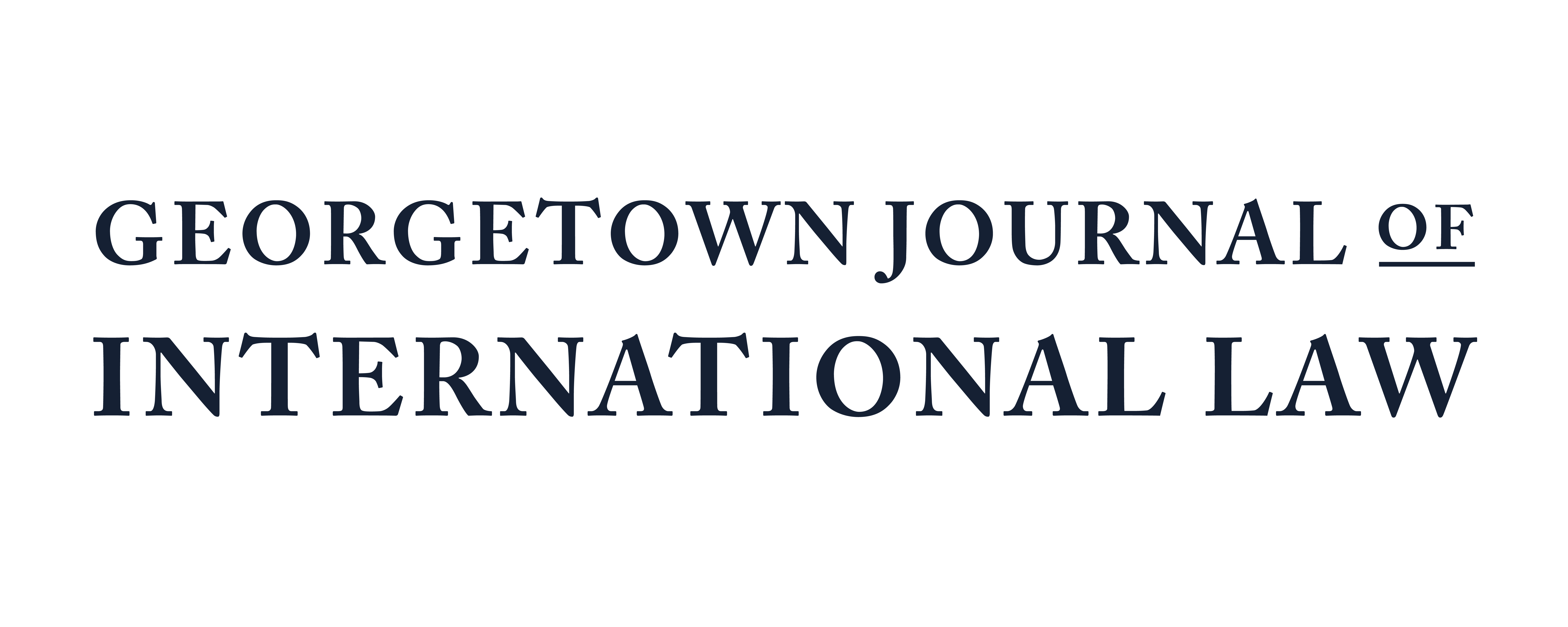International Dispute Resolution as Polyphony? Amicus Curiae Interventions before International Courts and Tribunals
The proliferation of amicus curiae participation in international courts and tribunals has received considerable scholarly attention yet has remained under-theorized. The central question in relation to the phenomenon remains unanswered and under-theorized: Does the fact that there are often multiple and diverse actors now engaged with judges in the capacity of amici curiae in any way influence the character of judicial proceedings?
Traditionally, international dispute resolution process has been represented as a triadic dialogue: that is, a dialogue between two parties and a judge. This Article argues that with the increasing participation of amici curiae in international litigation, the nature of dispute resolution itself has changed.
This Article traces a new emerging pattern in the international courtroom dynamic. Multiple and diverse participants in courtrooms have reshaped how international dispute resolution processes take place. Drawing on the work of the Russian literary scholar Mikhail Bakhtin, the Article argues that we are witnessing a move away from the triadic dialogue model of international dispute resolution to the emergence of polyphony in international trials. Polyphony in international dispute resolution has significant normative, theoretical, and practical consequences. As a new and distinct theoretical lens, polyphony in international dispute resolution sets ground for future thinking on the changing nature of international law-making by international courts and tribunals.
Continue reading “International Dispute Resolution as Polyphony? Amicus Curiae Interventions before International Courts and Tribunals”
Subscribe to GJIL
